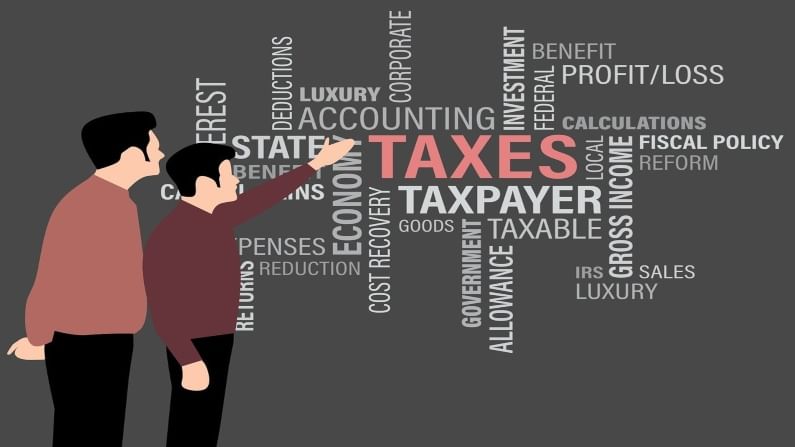New ITR forms notified: Here’s all you need to know
Individuals receiving income from sources other than business or profession can file ITR 2. Also, those individuals who cannot file ITR 1, will be eligible to file ITR 2.

The Central Board Of Direct Taxes (CBDT) has recently notified the new income tax return forms— Form 1 to Form 7— for the financial year 2020-21. Out of these new notified forms, salaried taxpayers are required to fill only two forms, that is ITR 1 and ITR 2. Let’s look at the new changes to the eligibility criteria for filing these forms.
ITR 1- Who are eligible?
ITR 1 can be filed by individuals who are Resident or Ordinarily Resident if they
– have income up to Rs 50 lakh. Income can be from salary, pension, house property or other income.
– don’t hold equity shares of unlisted company
– are not a director of any company
– their agricultural income is not more than Rs 5,000
– don’t have a financial interest outside India
– don’t have their TDS deducted u/s 194N
If there is any deferment in case of ESOP, individuals cannot file ITR1. Also, it is pertinent to note that there is a separate column to show the amount of deferment.
ITR 2- Who are eligible?
Individuals receiving income from sources other than business or profession can file ITR 2. Also, those individuals who cannot file ITR 1, will be eligible to file ITR 2.
In ITR 2, if a surcharge is applicable then the taxpayer will have to give disclosure of surcharge before marginal relief and after marginal relief. This change is limited to ITR 2 only.
There are some common changes in both forms. Some of the key changes are:
Under Section sec 115BAC, an individual has to choose between the two tax regimes, that is, the old tax regime and the new tax regime.
Since dividend income is taxable now, an individual has to show it and give a quarterly break up. In case, the individual is not eligible to file ITR 1, then he/she can file it in ITR 2.
In case of sale of land and building, an individual will have to specify the value as per valuation authority in ITR 2 under section 54 to 54GB of the Act.
(Inputs from Gauri Chadha, Tax Expert)